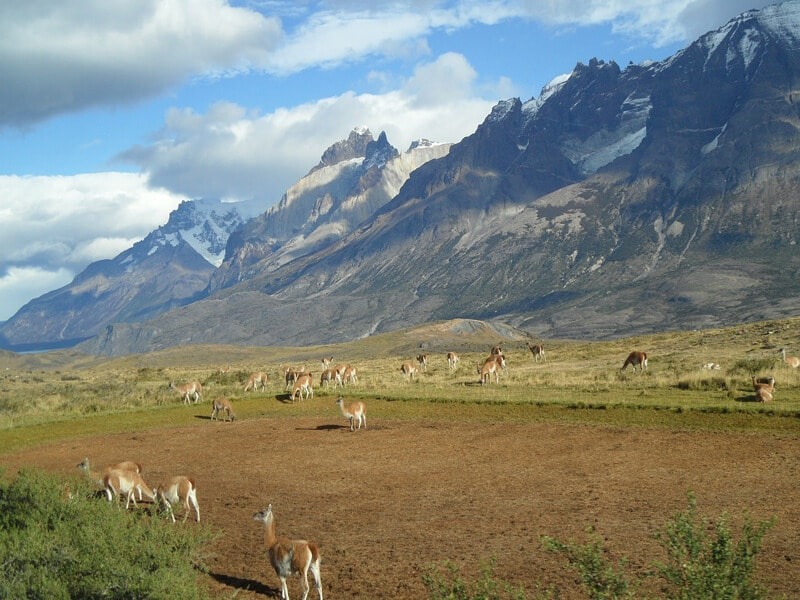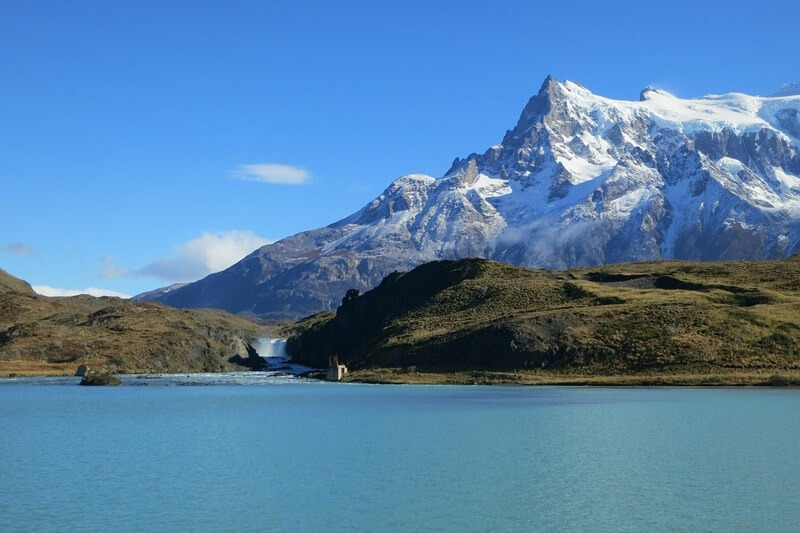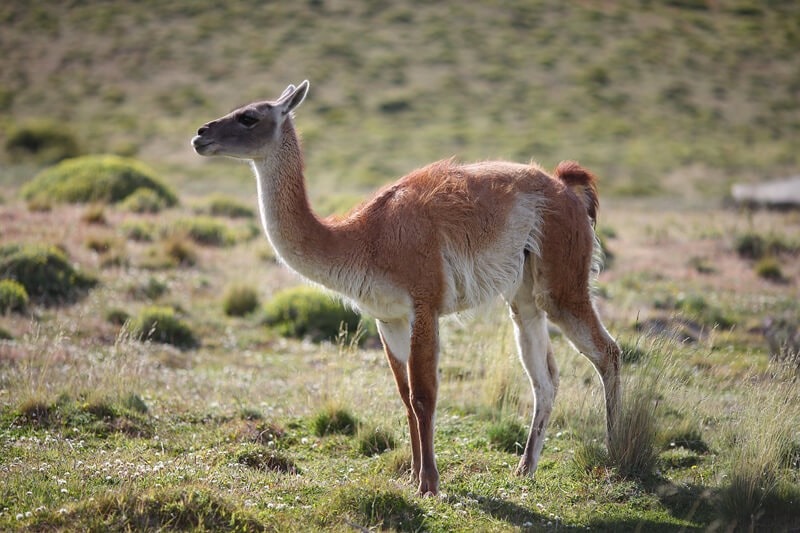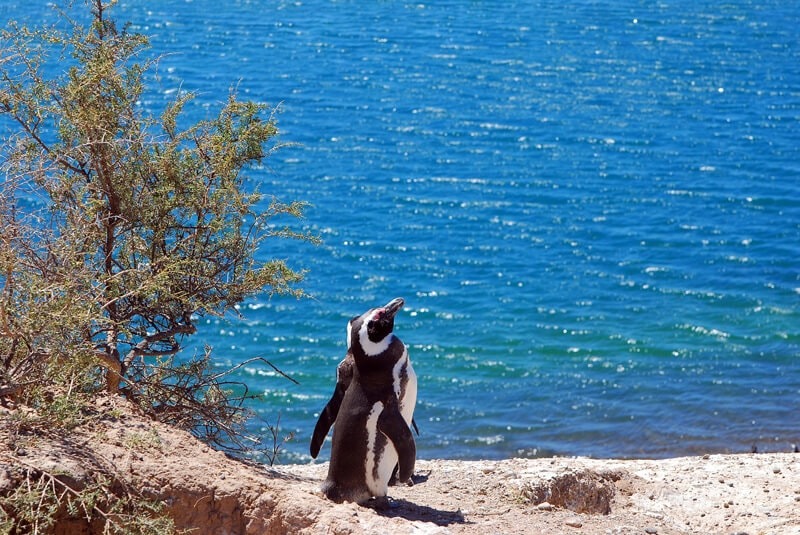 The latest quirky question to which I did not know the answer goes like this: what do the Welsh language and Magellan penguins have in common? I trust I’ve got you thinking!
The latest quirky question to which I did not know the answer goes like this: what do the Welsh language and Magellan penguins have in common? I trust I’ve got you thinking!
Almost unbelievably, the answer is that both are found in Argentinian Patagonia. Well, who knew? Apart from the obvious usefulness of this information for Trivial Pursuits and our local pub quiz, being the mother of two half Welsh children, I felt obliged to investigate further.
So a quick look at the map revealed that the Chubut Valley of Argentina was chosen as the location for a Welsh community outside Wales. There was concern in Wales that English was taking over the cultural and linguistic life of the country, so a remote South American spot was chosen to become the place for a new settlement and in July 1865 the first Welsh immigrants landed at Puerto Madryn. So named after the estate back home of one Love Jones-Parry. Later followed the town of Trelew, tre being Welsh for town and Lewis being the name of one of the early immigrants.
![Welsh traditions in Argentina - by Fercho85 [Public domain] via Wikimedia Commons Welsh traditions in Argentina - by Fercho85 [Public domain] via Wikimedia Commons](https://silvertraveladvisor.com/wp-content/uploads/2022/01/Welksh-traditions-in-argentina-wiki.jpg) Further small influxes from Wales followed and at points the region was highly successful. What is apparent is the renewed interest in 1965, the centenary year, when visitors from Wales arrived to celebrate. The non-conformist chapels, Welsh tea houses and place names were and are much in evidence. Indeed, there is an Argentinian-Welsh flag featuring the red dragon of Wales and there are possibly 5000 Welsh speakers in the region, supported by teachers who maintain the language and culture in a way envisaged by the early settlers. I note that you can enjoy an Eisteddfod which combines local Spanish music and dance with that of Wales!
Further small influxes from Wales followed and at points the region was highly successful. What is apparent is the renewed interest in 1965, the centenary year, when visitors from Wales arrived to celebrate. The non-conformist chapels, Welsh tea houses and place names were and are much in evidence. Indeed, there is an Argentinian-Welsh flag featuring the red dragon of Wales and there are possibly 5000 Welsh speakers in the region, supported by teachers who maintain the language and culture in a way envisaged by the early settlers. I note that you can enjoy an Eisteddfod which combines local Spanish music and dance with that of Wales!
With my tricky question answered, I turn to consider the other delights of Patagonia, thus called from the Spanish patagon, the word for giants as the indigenous people, first seen by Magellan, were considerably taller than Europeans at the time. It is a vast area, spanning both Argentina and Chile, with the largest ice fields in the Southern hemisphere, excepting Antarctica. There are plains, with diverse flora and fauna, lakes, volcanic deposits and of course, The Andes, spectacular and awe-inspiring.
 The Torres del Paine National Park in Chile is home to the famous W route, a mecca for hikers, where the unique scenery is exceptional. The mile high granite towers, after which the park is named, seen from the Ascensio Valley, rise above a lake and whilst the hike is hard, I figure it must surely be worth it, despite the winds which can reach up to a hundred twenty kilometres an hour in the summer. A serious case of hang onto your hat! The French Valley serves as home to the hanging glacier Frances, where avalanches can be heard and the melt water descends. This chance to observe living physical geography of the most dramatic kind surely cannot be bettered. And for even more glaciers, Argentina’s Glaciers National Park does just what it says on the tin, with the Moreno Glacier stretching three miles across and being a massive hundred square miles in total. This most certainly beats anything Wales was subjected to, even at the peak of the Ice Age!
The Torres del Paine National Park in Chile is home to the famous W route, a mecca for hikers, where the unique scenery is exceptional. The mile high granite towers, after which the park is named, seen from the Ascensio Valley, rise above a lake and whilst the hike is hard, I figure it must surely be worth it, despite the winds which can reach up to a hundred twenty kilometres an hour in the summer. A serious case of hang onto your hat! The French Valley serves as home to the hanging glacier Frances, where avalanches can be heard and the melt water descends. This chance to observe living physical geography of the most dramatic kind surely cannot be bettered. And for even more glaciers, Argentina’s Glaciers National Park does just what it says on the tin, with the Moreno Glacier stretching three miles across and being a massive hundred square miles in total. This most certainly beats anything Wales was subjected to, even at the peak of the Ice Age!
 Wildlife in Patagonia is rich and diverse. The Andean Condor, of the vulture family, with a wingspan of over three metres, is a true sight to behold, best seen in the Torres del Paine National Park. Who can forget the BBC series of the early 80s and its haunting soundtrack? Bird watchers are well rewarded in Patagonia, with over a hundred and fifteen individual species being recorded. For big cat lovers, Pumas are a major, unendangered predator here however they are remarkably hard to track down, no matter what enthusiastic guides will tell you. Guanacos, a descendant of the llama, live in herds and can be seen across Patagonia. I know their hair to be beautifully soft, comparable to cashmere and used to make fabulous scarves. Interestingly, they are also good swimmers, which given the number of lakes in the region, can be no bad thing. On the coast, especially at the Peninsula Valdes, the somewhat unlovely elephant seal is in abundance, the males having noses that resemble an elephant’s trunk and the ability to dive down over a kilometre. And with both the Orca and the Southern Right whale seen here too, it is little wonder that this is a marine reserve of global importance.
Wildlife in Patagonia is rich and diverse. The Andean Condor, of the vulture family, with a wingspan of over three metres, is a true sight to behold, best seen in the Torres del Paine National Park. Who can forget the BBC series of the early 80s and its haunting soundtrack? Bird watchers are well rewarded in Patagonia, with over a hundred and fifteen individual species being recorded. For big cat lovers, Pumas are a major, unendangered predator here however they are remarkably hard to track down, no matter what enthusiastic guides will tell you. Guanacos, a descendant of the llama, live in herds and can be seen across Patagonia. I know their hair to be beautifully soft, comparable to cashmere and used to make fabulous scarves. Interestingly, they are also good swimmers, which given the number of lakes in the region, can be no bad thing. On the coast, especially at the Peninsula Valdes, the somewhat unlovely elephant seal is in abundance, the males having noses that resemble an elephant’s trunk and the ability to dive down over a kilometre. And with both the Orca and the Southern Right whale seen here too, it is little wonder that this is a marine reserve of global importance.
 And what of the burrowing Magellan penguin to return to my opening question? There are colonies of them in Chile, Argentina and the Falklands, comprising millions of birds, which are a threatened species, despite their numbers, due to oil spillages and altered marine environments resulting from climate change. The young birds are being ‘adopted’ by zoos worldwide in order to ensure the survival of the species. As yet, I know of none in Wales, although I’ll keep looking. If the Welsh can transplant themselves to Argentina, why not reverse the move with those cheery little black and white birds having a home in a Welsh zoo?
And what of the burrowing Magellan penguin to return to my opening question? There are colonies of them in Chile, Argentina and the Falklands, comprising millions of birds, which are a threatened species, despite their numbers, due to oil spillages and altered marine environments resulting from climate change. The young birds are being ‘adopted’ by zoos worldwide in order to ensure the survival of the species. As yet, I know of none in Wales, although I’ll keep looking. If the Welsh can transplant themselves to Argentina, why not reverse the move with those cheery little black and white birds having a home in a Welsh zoo?











